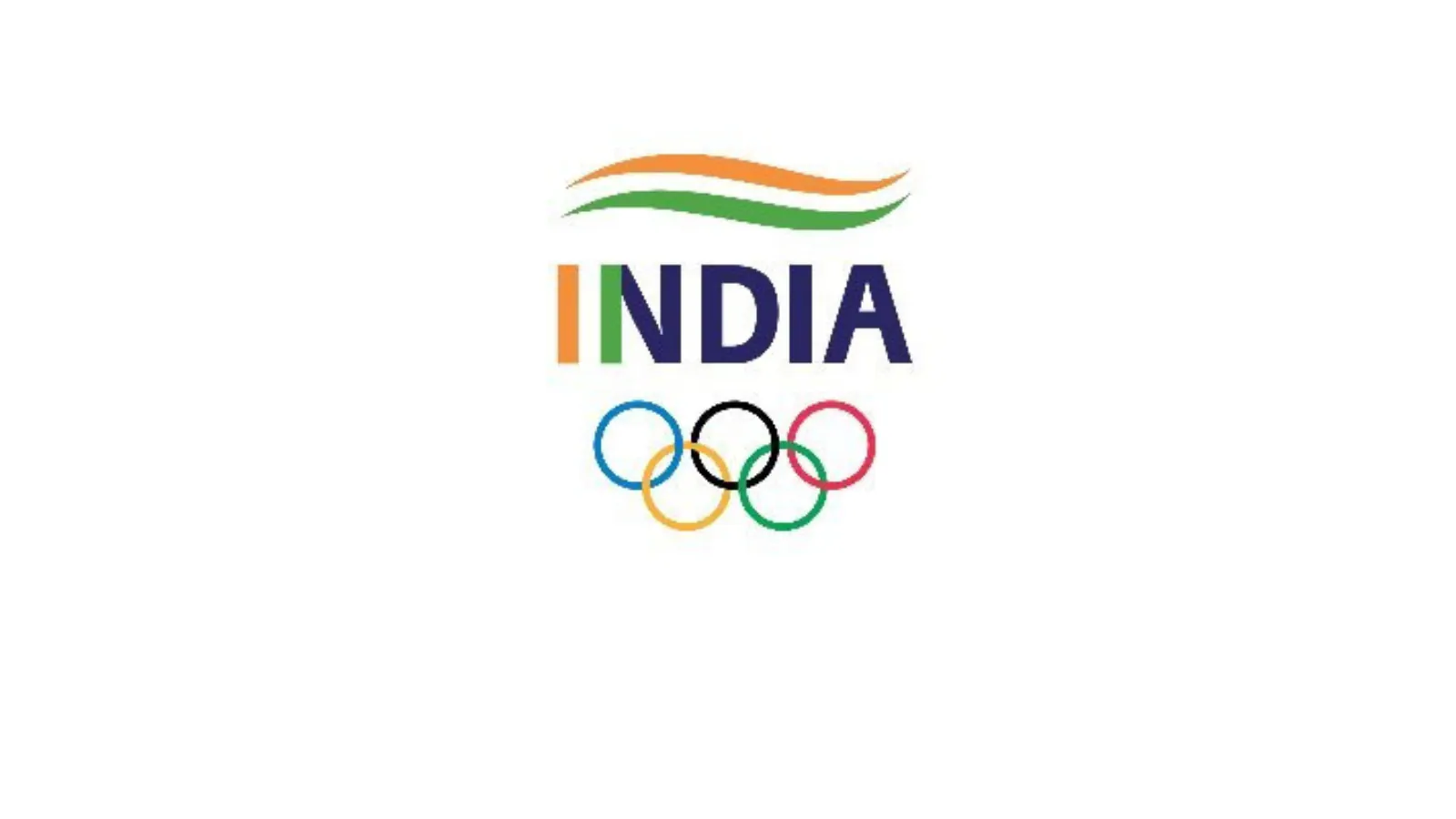By News18
India’s sports administration is set to undergo significant government oversight as outlined in the newly-released Khelo Bharat Niti. This policy aims to establish “national-level regulatory bodies and inter-ministerial committees” to enforce “ethical practices” and prepare the nation for potentially hosting the 2036 Olympics.
The 20-page document, accessed by PTI, will serve as the blueprint for structural changes in the Indian sports ecosystem, detailing a comprehensive plan for “strong professional sports governance.” It mentions that India’s aspiration to host the 2036 Olympics, for which a letter of intent has already been submitted, necessitates a revamp of sports governance.
“To prepare India’s sports ecosystem for Olympics 2036, the requisite regulatory framework, including law, if necessary, for governance shall be established,” the policy states, superseding the one introduced in 2001.
A National Anti-Doping Bill is ready for introduction in Parliament, and a draft sports bill is awaiting legislative approval. Sports Minister Mansukh Mandaviya describes the new policy as transformative, aligning with his emphasis on holding administrators accountable, who often face accusations of prioritising internal conflicts over actual sports development.
The policy asserts, “National-level regulatory bodies and/or processes shall be established to ensure ethical practices, fair play, and healthy competition in the sports sector.” It also involves creating national agencies and inter-ministerial committees to ensure quick action, effective issue resolution, and promote transparency across the sports ecosystem.
How Will It Effect IOA and NSFs?
This move is likely to unsettle the Indian Olympic Association (IOA) and National Sports Federations (NSFs). IOA President P T Usha has voiced her opposition, arguing that such regulatory mechanisms could be seen as government interference, which is unacceptable to the International Olympic Committee (IOC). India faced an IOC ban in 2012, partly due to government interference in its election process, which was lifted only after fresh elections in 2014.
The new policy includes a monitoring mechanism for NSFs to ensure transparency, stating, “Sports promotion institutions in the country, including NSFs, will be strengthened by focusing on operational efficiency, professional management, transparency, and financial sustainability.” This will require enhancing national-level monitoring agencies to ensure seamless functioning and effective issue resolution.
The policy highlights the establishment of Key Performance Indicators (KPIs) and time-bound targets to guide sports development in the country. It outlines the roles of various stakeholders: government agencies will provide the regulatory framework and funding, sports federations will drive talent development and competition, the private sector will contribute resources and innovation, and the public will engage in and support sports activities.
A Sports Innovation Task Force will be set up to oversee targeted innovation efforts in sports science and sports medicine.
The policy proposes a revamped funding mechanism, including initiatives like “Adopt an Athlete,” “Adopt a District,” “Adopt a Venue,” “One Corporate-One Sport,” and “One PSU-One State” where feasible. Efforts will be made to establish a Sports Business Advisory Group comprising representatives from relevant ministries, the private sector, and other stakeholders to foster the growth of the sports industry.
The document outlines schemes to encourage private sector participation in sports development activities. To incentivise this contribution, the policy will incorporate Return on Investment (ROI) considerations for private entities, making their involvement in sports development both attractive and sustainable.
(With inputs from PTI)
